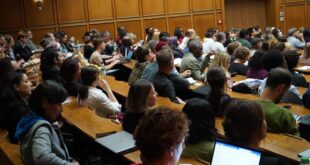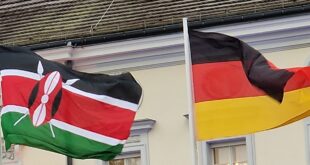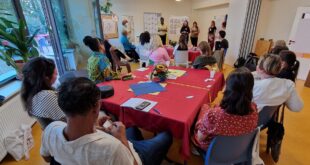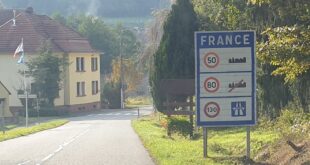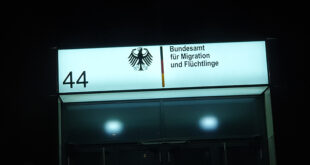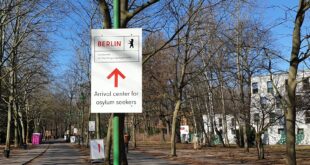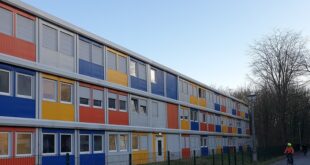“This new knowledge of which initiatives help refugees into work is important for the Nordic countries. When we find integration efforts that work, we need to share them. This adds value to the efforts of the national authorities, and ultimately benefits the individual refugee,” says Christina Springfeldt, Head of the Unit for Knowledge and Welfare at the Nordic Council of Ministers, on the report, ‘Nordic integration and settlement policies for refugees’.
The report’s conclusions are based on an analysis of the integration into the Danish, Swedish, and Norwegian labour markets of 200,000 recently arrived refugees over a ten-year period.
The key to success for refugees
Although the report shows that the transition from unemployment to employment seldom takes place in the first few years after the refugees’ arrival, the proportion of newly-arrived refugees who manage to get work nevertheless increases after a number of years.
Vilde Hernes of the University of Oslo and co-author of the report, states that the reason for the rocky start is that the refugees have come out of necessity and so have not consciously assimilated the skills they need in advance in order to access the Nordic labour market naturally. “The report shows that the education of refugees yields results for both Norway and Sweden in the long run,” continues Hernes.
Integration is also gender equality
Another insight proffered by the report is that Norway has been the most successful in getting refugee women into the labour market.
At the launch seminar at the Oslo Congress Centre, the former director of the Directorate of Integration and Diversity and chief administrative officer in Drammen, stated that one of the reasons for Norway’s relatively good performance here is a breakthrough with regard to the authorities’ previous lack of focus on gender equality, including women’s right to work among refugee groups.
Key points from the report:
- Norway has substantially better levels of employment among refugee women, and the employment gap between women and men is smaller in Norway than in Sweden or Denmark.
- Sweden has the best results among refugee men arriving in the country when aged between 46 and 55. For Norway the results are best for those aged between 26 and 45, and in Denmark for those between 20 and 25.
- Denmark has the highest estimated levels of employment at all levels of education in the first two years after arrival.
- Norway has the best levels of employment over time for refugees with no education or basic education.
- The integration process for refugees with higher education who have been settled longer is best in Norway and Sweden.
 THE AFRICAN COURIER. Reporting Africa and its Diaspora! The African Courier is an international magazine published in Germany to report on Africa and the Diaspora African experience. The first issue of the bimonthly magazine appeared on the newsstands on 15 February 1998. The African Courier is a communication forum for European-African political, economic and cultural exchanges, and a voice for Africa in Europe.
THE AFRICAN COURIER. Reporting Africa and its Diaspora! The African Courier is an international magazine published in Germany to report on Africa and the Diaspora African experience. The first issue of the bimonthly magazine appeared on the newsstands on 15 February 1998. The African Courier is a communication forum for European-African political, economic and cultural exchanges, and a voice for Africa in Europe.


